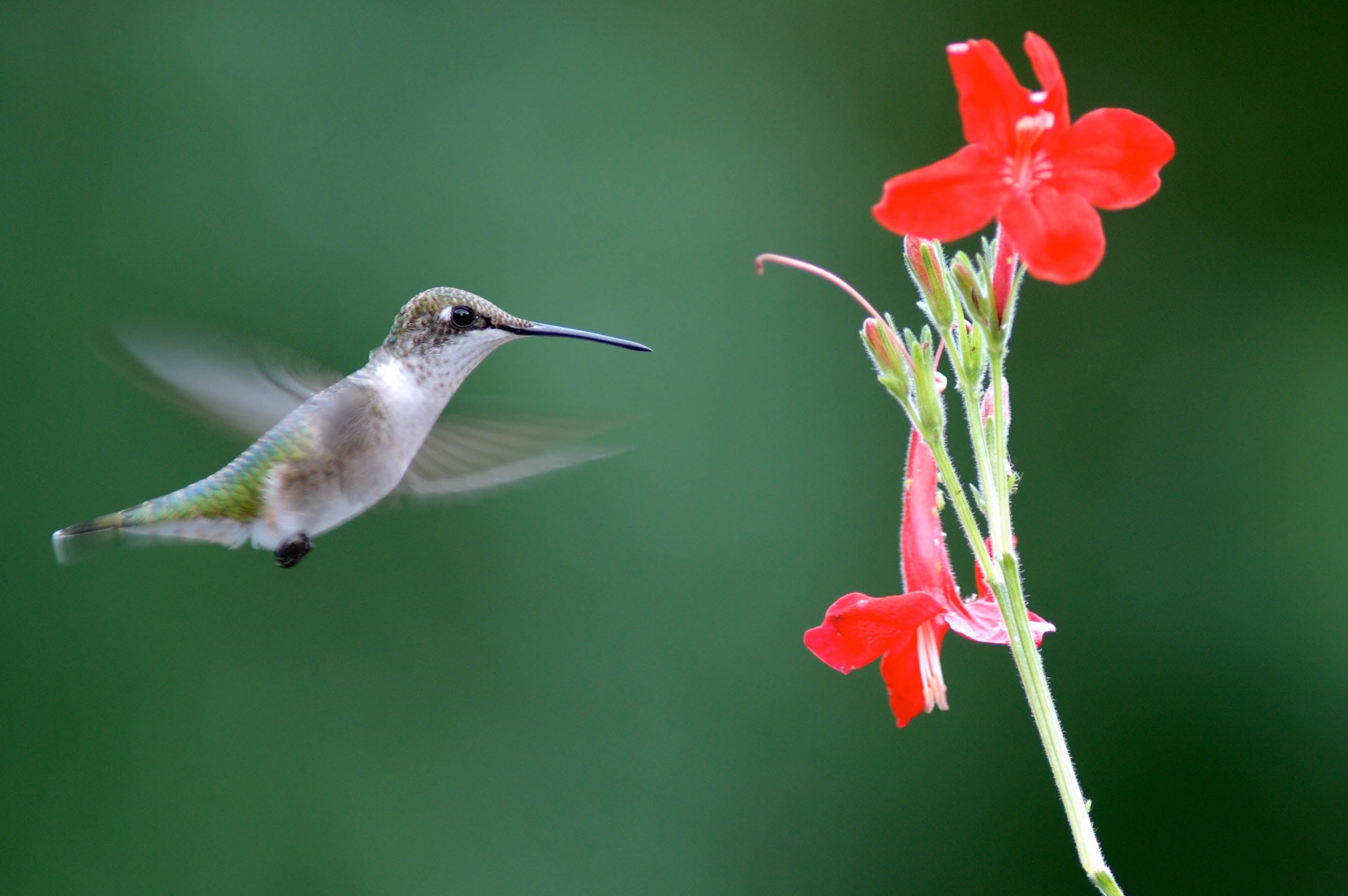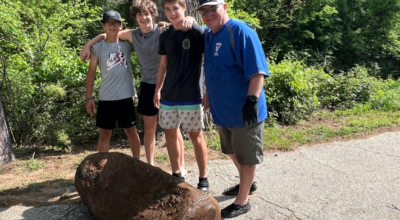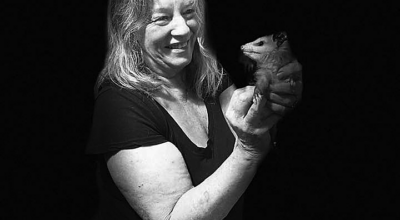Be a ‘Hummingbird Hero’
Published 11:52 am Tuesday, May 2, 2023
|
Getting your Trinity Audio player ready...
|
12 ways to make a difference
By Sharon Mammoser
Our beloved ruby-throated hummingbirds have returned from their wintering grounds in Southern Mexico and Central America, ready to establish territories, find mates, reproduce and raise babies.
So many of us love seeing these tiny birds in our yards and want to do all it takes to attract them and keep them around for the summer. However, if you’re not careful, you can wind up doing more harm than good! If you don’t want to put a lot of time and attention into your feeders, just focus on growing pollinator-safe native plants for a low-maintenance way to attract these beautiful birds.
Here are 12 ways to make sure you’re helping the birds you love, and not hurting them:
- Clean feeders regularly.
In hot weather, mold builds up quickly, which can kill birds. The solution is easy: Clean your feeders regularly. The more frequently, the easier this will be. Bring your feeders in, rinse with hot water, and refill. You can soak the feeders in vinegar and water, then rinse, and refill. Try a little bleach in a gallon of water for really stubborn mold. Let the feeders soak for a while, then RINSE WELL, dry and refill.
- Don’t “top off” feeders.
When you add fresh, new nectar to a feeder that has been outside, all the bacteria, mold and other particles in the feeder will remain. Instead, bring the feeders inside, thoroughly rinse or clean them, and then refill them. Skipping this step can endanger the birds.
- Choose the right feeders.
The best hummingbird feeders are those that come apart easily for regular cleaning. Do not choose feeders with hard-to-reach places. Nectar is likely to spoil if you fill large feeders completely. Suction cup feeders that stick to windows are great for watching the birds up close.
- Offer multiple feeders.
Males often chase other birds away from the feeder. You can attract more birds to your yard by offering more feeders. If possible, place them out of sight from each other so one male cannot see, and guard, all the feeders at the same time.
- Don’t buy red nectar!
These mixes usually contain red dye which might be bad for the birds. Nectar in flowers is not red and the dye is 100% unnecessary.
- Make your own nectar.
It’s easy to make your own nectar–one cup of plain, white, granulated sugar to four cups of water. Use hot tap water, mix, and refrigerate. This will last up to two weeks.
- Don’t use raw sugar.
Raw sugar contains high amounts of iron. This iron is stored in the birds’ livers and in time can cause death.
- Don’t fill the entire feeder.
Hang your feeders in the shade to avoid quick fermentation. During hot summer days, you must refill and clean your feeders every 2-3 days. Only fill a small amount of nectar and replace it as needed.
- Avoid using pesticides.
Did you know hummingbirds feed on both nectar and insects, and that insects make up about half of the bird’s diet?
- Offer native flowers in addition to the feeders.
There are many flowers that hummingbirds love, consider planting some in addition to the feeders. Here are a few:
- Trumpet creeper (campsis radicans)
- Crossvine (Bignonia capreolata)
- Red columbine (Aquilegia canadensis)
- Phlox (Phlox paniculata)
- Salvia (Salvia spp.) Any!
- Cardinal flower (Lobelia cardinalis)
- Fire pinks (Silene virginica)
- Indian pinks (Spigelia marilandica)
- Coral honeysuckle (Lonicera sempervirens)
- Red bee balm (Monarda didyma)
- Red buckeye (Aesculus pavia)
- Bleeding Heart (Lamprocapnos spectabilis)
- Spotted jewelweed (Impatiens capensis)
- Choose plants that aren’t treated with “Neonics.”
These chemicals harm bees and other native pollinators and can spread in the soil and contaminate other nearby plants. Neonics are considered systemic pesticides. NRDC says, “That makes the plant itself—including its nectar, pollen, leaves, stems, and fruit—toxic.” Avoid stores that don’t reveal how the plants have been treated. Instead, shop at your local nursery.
- Offer a shallow water source in a sheltered, safe place.
Hummingbirds don’t need to drink water since their nectar contains water, but they will use water to bathe. Put rocks in deep bird baths or offer a shallow water source with a gurgling fountain.
Hummingbirds are a joy to observe. But if we want to attract these birds to our yards, we must be willing to be responsible stewards, ensuring our efforts are not harming the very birds we love.
Naturalist and photographer Sharon Mammoser is the creator of the website Nature for My Soul and a contributor to Conserving Carolina’s Habitat at Home campaign. Conserving Carolina is a local nonprofit with the mission to protect, restore, and inspire appreciation of the natural world.






